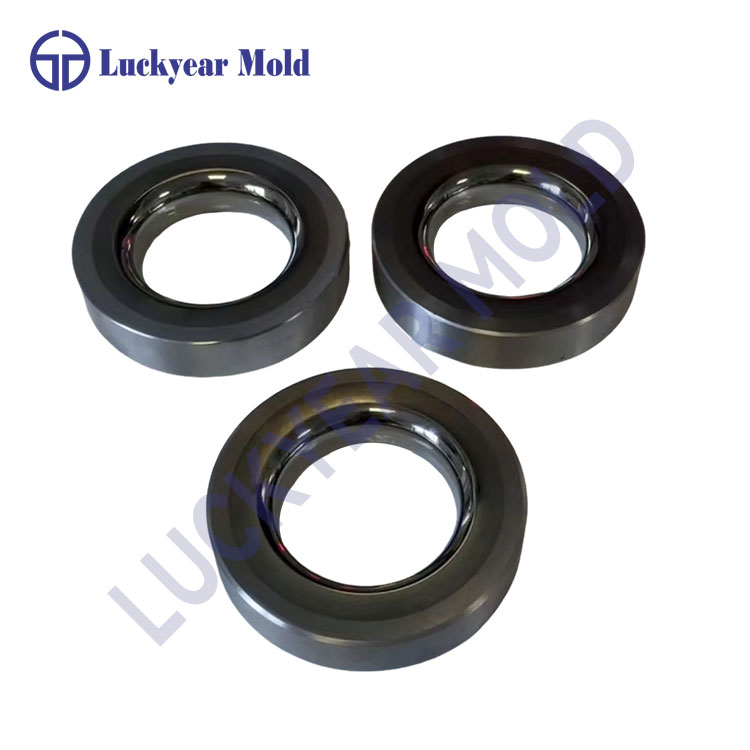

Carbide (also known as tungsten steel) is widely used in the manufacture of standard parts in the industrial field due to its high hardness, wear resistance and high temperature resistance. The following are common classifications of Carbide Standard Dies and typical examples:
Punching Dies: Used for punching and blanking of metal sheets, such as electronic product housings and hardware processing. Bending Dies: Realize the bending of metal sheets, commonly used in automotive parts or home appliance structural parts. Progressive Dies (Continuous Dies): Multiple stations continuously complete punching, bending, stretching and other processes, suitable for mass production.

Deep Stretching Carbide Standard Dies: Used for stretching of cup-shaped and cylindrical parts, such as battery shells and stainless steel tableware. Reverse Stretching Dies: Solve the problem of material thinning in deep stretching and improve product precision.
Cold Heading Punches/Dies: Used for cold heading of fasteners such as bolts and nuts, with extremely high wear resistance requirements.
Pressing mold: Press metal powder into shape, used for precision parts such as gears and bearings. Shaping mold: Perform secondary shaping on the pressed blank to improve dimensional accuracy and surface quality.
Forward extrusion mold/reverse extrusion Carbide Standard Dies: Used for cold extrusion of aluminum alloys and copper alloys, such as complex shaft parts.
Cold stamping Carbide Standard Dies: Used for forming complex curved surfaces such as automotive covers. Precision forming mold: Such as high-precision processing of connector terminals and microelectronic components.
National standard: China GB/T standard has clear provisions on the material and dimensional accuracy of mold Carbide Standard Dies. Industry classification: According to the process, it can be divided into single-process mold, compound mold, and progressive mold; according to the structure, it can be divided into integral type and insert type. International standards: Such as relevant mold specifications in ISO, DIN (Germany), and JIS (Japan).
Material matching: Select carbide grades (such as YG8, YG15, etc.) according to the hardness and thickness of the processed material. Precision requirements: High-precision Carbide Standard Dies require fine-grained carbide and strict control of processing technology. Cooling and lubrication: Some molds require cooling channels or surface coatings (such as TiN) to extend their life. Carbide molds are widely used in electronics, automobiles, aerospace and other fields. Their standardized design can greatly reduce production costs and improve efficiency. The specific selection requires a comprehensive evaluation based on the processing object and production scale.